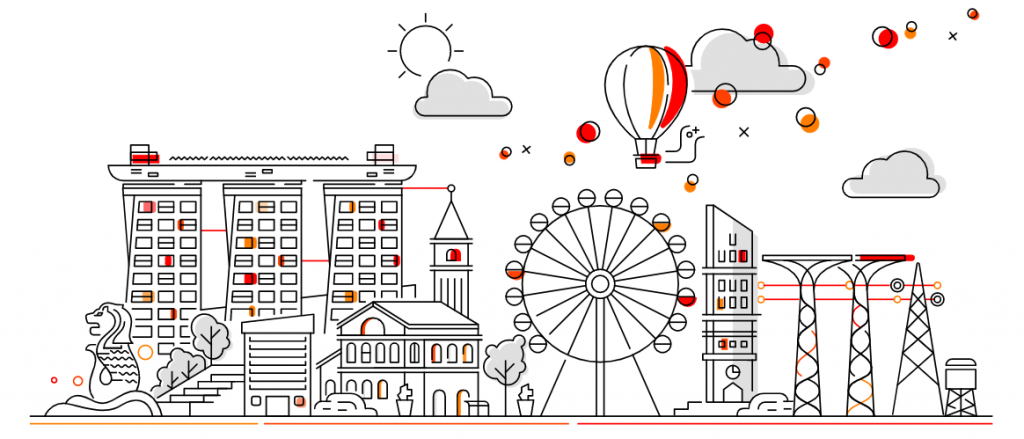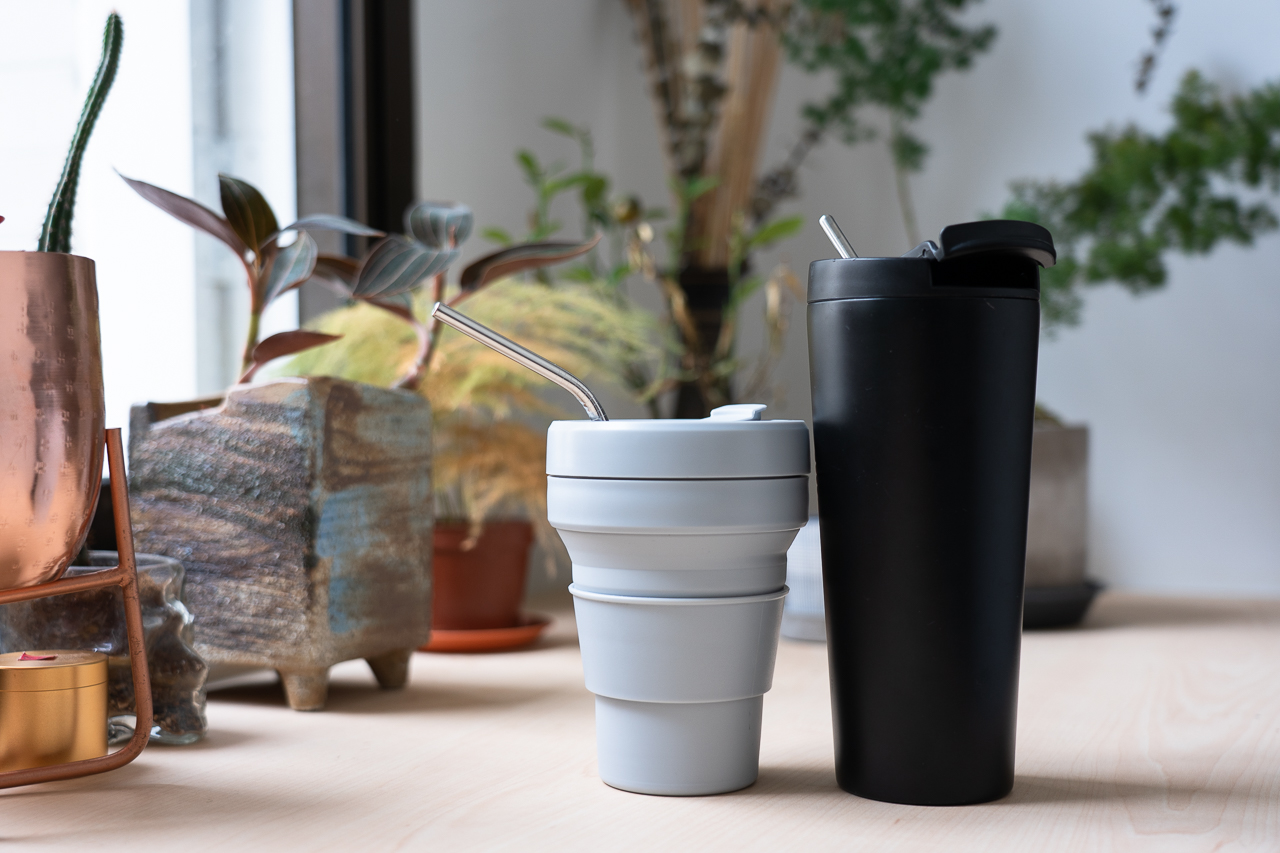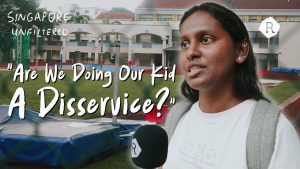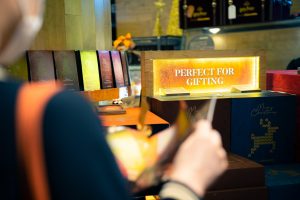I hate metal straws with a burning passion.
It’s not that I want more sea turtles to suffer, but metal straws capture the essence of a particularly insidious mindset when it comes to combating environmental issues: rampant ecological consumerism.
You know the trends: tote bags, bamboo fiber cups, PMDs, bicycle sharing apps, vegan cafes, wooden keyboards and watches, dresses made out of recycled fabric, solar power banks, donations made to wildlife conservation efforts, all culminating in the logical endpoint of a Tesla—never mind that you can simply take public transport.
It doesn’t take a genius to figure out that eco-consumption is dominated by those with the power to consume—the wealthy and privileged. The average Singaporean doesn’t have the time or money to scour for the latest overpriced eco-fad.
Which begs the question: can environmental consumption be only practiced by the rich?

But if we are to reach net zero emissions by 2050 as per IPCC recommendations, every slice of the pie chart has to go down. As a layperson, the best way would be to change your consumption habits: not by consuming more, but by consuming less, and finding reasonable, environmentally friendly alternatives.
Yes, these tactics are going to hurt, but not by much. When I wrote about the generational divide in attitudes towards climate change, people correctly pointed out that older generations tend to have a smaller carbon footprint. We don’t have to go back to the stone age, we just have to live more humble, slightly more inconvenient lifestyles.
Tactics like cutting down on plastics and going zero waste, and seeking out vegetarian/vegan food have been discussed thoroughly. But we often overlook a key area of our lives: household energy expenditure—which takes up 7.6% of Singapore’s emissions profile.
After all, everyone owns a fridge and a WiFi router, and you need the lights on at night with aircon to combat rising temperatures.
We’re obsessed with recycling, but have we considered if our utilities provider is ‘clean’?

So what are the options? Geothermal is out because we don’t have a native volcano—thank god—while wind and water are in such short supply as to be negligible. Our best alternative seems to be solar.
But damn if it isn’t expensive. A quick Google search pulls up the cost of itsy-bitsy panels for personal use being in the hundreds. If you want to install them into your house, a quote from solar panel company PCME says that it starts from a whopping $15,000. That’s more than my entire NS allowance.
Sure, it’ll save on energy costs in the future but lower income families can’t afford to think long term. $15,000 is a huge opportunity cost to set aside when you have to juggle loans, bills, amenities, your children’s education etc.
This all bemoans the fact that if you live in public housing, it’s unlikely you can rig your own swanky setup without the neighbours complaining.
To the government’s credit, more HDBs have been outfitted with solar panels over the years. An estimated 5,500 blocks have been planned to be outfitted by 2020, generating enough energy to power about 55,000 four-room flats.
Looking at the numbers, 5,500 out of the 10,000 HDB blocks in Singapore sounds amazing. But according to Teoalida’s statistics, these 10,000 blocks hold over 1.1 million HDB flats. 55,000 flats are but around 5%. Even the ambitious goal to ramp up solar power provision to support 350,000 households by 2030 still leaves the majority of energy powered by fossil fuels.

Singapore only contributes around 0.11% of global emissions, but that shouldn’t make us reluctant to take any action. If anything, we should reach out beyond our borders to aid worldwide solutions to climate change.
Enter Renewable Energy Certificates (RECs)—which, I promise, are not as boring as they sound, so hang in there. They represent one megawatt hour (mWh) of energy generated from a clean, renewable source—an average HDB household consumes about 0.34 mWh per month, so one REC covers 2.9 months—and can be bought or sold on the market. Think of it like the gold stars your teacher gives you when you’ve done a good job.
Normally, when you choose an energy provider, your bills go to them and they are the middlemen drawing from the power grid and delivering electricity to your home. But when you sign up for plans like PacificLight’s Sunny Side-Up—an online exclusive, 12-month fixed rate plan—a portion of your electricity bill goes into investing in the generation of renewable energy.
Transitioning to renewable energy from natural gas cannot take place at the snap of a finger. Even with adequate land, resources must be pumped into their construction and maintenance, which requires funds.
Through the Sunny Side-Up plan, you’ll be able to aid renewable power plants across the globe—the majority of which are currently located in Southeast Asia. The renewable energy you contribute to can then indirectly offset the carbon emissions from your household electricity consumption, making it carbon neutral.
Of course, this is going to be slightly more expensive than traditional, non-renewable plans. But it’s not going to break the bank. The prices remain competitive and affordable for the average Singaporean.
If you’re pinching pennies, you can use this as an incentive to cut down on your energy consumption to level out the extra cost. Being environmentally sustainable is all about cutting down unnecessary consumption after all.
In this late capitalist hell, the environmental situation isn’t entirely hopeless. New innovative solutions like RECs are emerging from the market to ensure that even a layperson has options if they want to be more environmentally conscious in their lifestyles.
Which is why PacificLight is partnering with RECs trading platform T-RECS.ai—which is powered by blockchain and artificial intelligence—to grant consumers independent verification of their certification ownership.
Going green isn’t a privilege. We all have to step up before our little red dot—and the rest of the world—catches fire.
Until 30th November 2019, the Sunny Side-up 12 Plan has a promotion that makes it the cheapest green plan available in the market, and new customers who sign up will receive the benefits of RECs for free. Find out more here, and sign up here.
Come join the metal straw hate clu- oh, that’s not a company position? Whatever—tell us about your strategies for going green at community@ricemedia.co.





